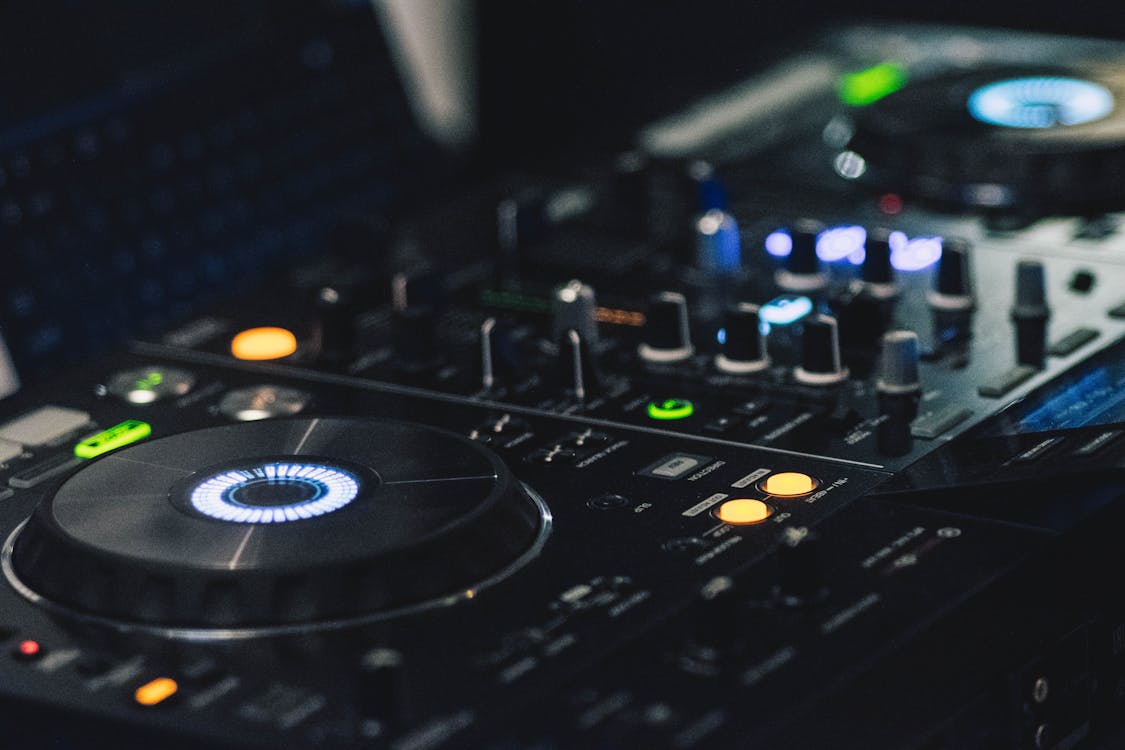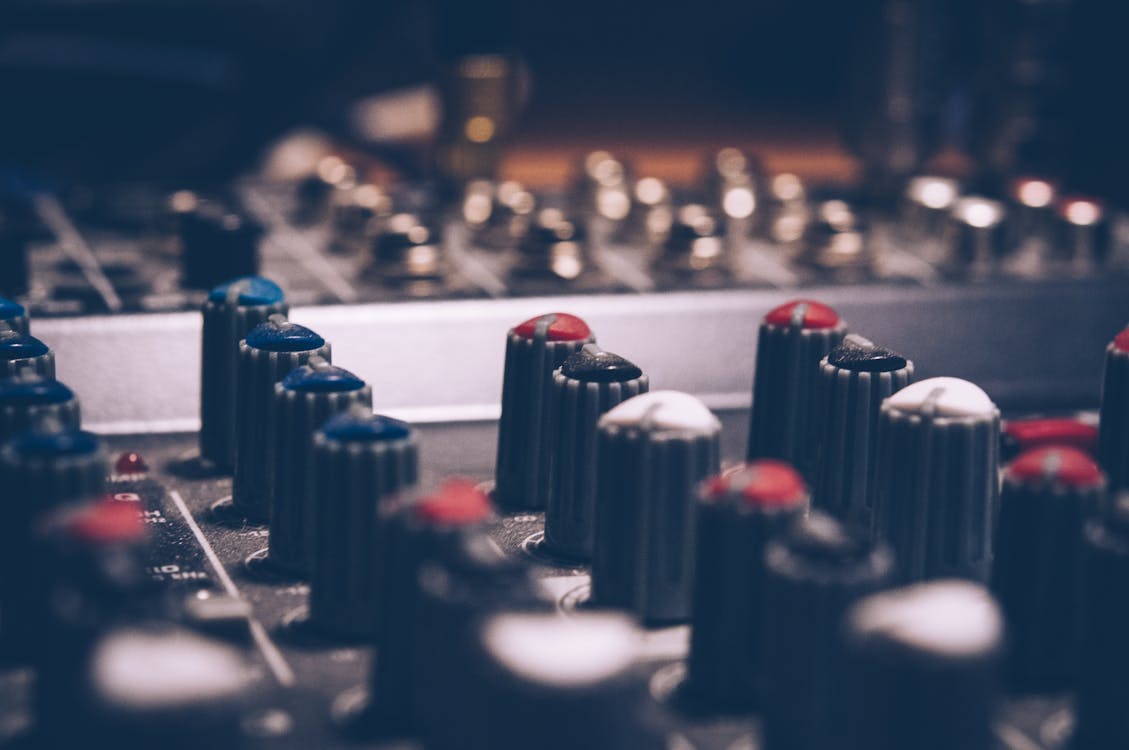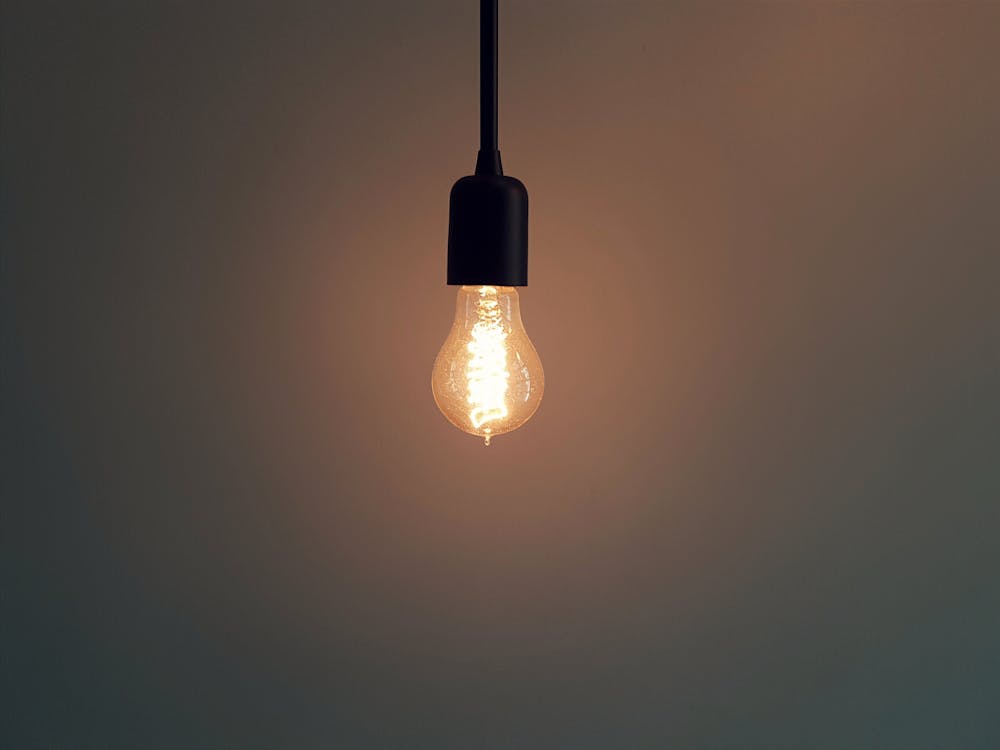Hmoob Movies
H-Dubbed Movies
Information
Tutorials
Responsive Ads Code Here


This is Last Page of Music Production. The Last study is in Music Production Study 10.
Here are Extra Information and resource:
Track Options in #StudioOne - Unlocking features you've been waiting for!
Recording in Studio One Made Easy: Recording Keys
Studio One 4 - MIDI Device Setup
Studio One 4 - How to record MIDI
PreSonus—Studio One 4: MIDI Editing
Get Started with Studio One: How to record MIDI in Studio One
Joe Gilder • Home Studio Corner has some great tip on set up personal studio.

Chapter 8
1. A groove‐related DAW is capable of:
a. Changing the time (length) of a loop to match the session tempo.
b. Changing the pitch of a loop to match the session key
c. Neither
d. Both
2. Why do multiple loops need to be synchronized with one another?
3. What are the three possible combinations of time and pitch manipulation that may
occur using DSP to synchronize and tune loops?
4. Briefly describe “warping” as it applies to sound file looping.
5. Most looping software programs not only handle audio files but _____ as well:
a. MIDI files
b. OMF files
c. VST files
d. All of these
Chapter 9
6. In just a few sentences, why is MIDI such a powerful production tool?
7. Name the MIDI ports that are located on the back of a MIDI instrument.
8. How many channels can be transmitted over a single MIDI port/cable?
9. Name just two of the many control functions that a program change message can vary.
10. The most popular type of MIDI controller is the __________ controller.
11. A component that can record, edit, manipulate and playback MIDI within a DAW is called a ______________.
Chapter 15
12. What is the difference between an insert and a send in signal routing?
13. What does equalization refer to?
14. What is the difference between a parametric and a graphic equalizer?
15.Provide a brief description of the function of the audio compressor:
16. What is side‐chain processing refer to?
17.How will a low‐pass filter affect a signal?
18.What is a compressor?
19.The control that determines how fast a compressor will stop compressing a signal that falls below the threshold is called the ____________ control.
20. Briefly, what does a noise gate do?
21.What are the three components that make up reverberation cues?
22.Removal of low frequency spectrum sound may be accomplished with the following:
a. Shelf filter
b. Low Pass filter
c. High Pass filter
d. Notch filter
23. What determines when a compressor will go into action?
a. When signals go below threshold
b. When signals rise above threshold
c. The ratio setting
d. The attack setting
24. What determines how much compression may be applied to a track?
a. When signals go below threshold
b. When signals rise above threshold
c. The ratio setting
d. The attack setting
Chapter 17
25. What are the three stages of the modern multi‐track recording process?
26. What might be an advantage of using an “aux send” over an “insert” within a mix?
27. In just a sentence or two, how can channels that are “grouped” together be helpful within a complicated mix?
28. What is the function of a channel insert?
29. What is the function of an auxiliary send?
30. What are some of the benefits to using automation?
31. What switch is used to reduce gain on an incoming audio signal by a specified amount?
a. Attenuation pad
b. Solo
c. Pan
d. Phase reverse
32. What control is used to place audio signals spatially?
a. Attenuation pad
b. Solo
c. Pan
d. Phase reverse
33. What control is used to listen to just one track in the mix?
a. Attenuation pad
b. Solo
c. Pan
d. Phase reverse
34. What is a patchbay used for?
Chapter 20
35. What are some of the reasons/needs for mastering an album?
36. List some of the tools used by mastering engineers.
37. What is the purpose of adding a dither signal when down‐sampling a sound file?
38. Explain some of the personal choices that are made when assembling the sequence of a music project.

Chapter 8
Pro Tool How to use warp markers lynda.com tutorial
Pro Tools Chopping Audio Using Beat Detective WinkSound
Roland TR-08 Rhythm Composer Demo — Knobcon 2017
Setting up ReWire with Pro Tools and Ableton Live
The BEST method for chopping samples In Pro Tools Pro Tools Beat Making Tutorial
Beginner's Guide to EQ (part 1)
Beginner's Guide to EQ (part 2)
Subscribe to:
Comments (Atom)




